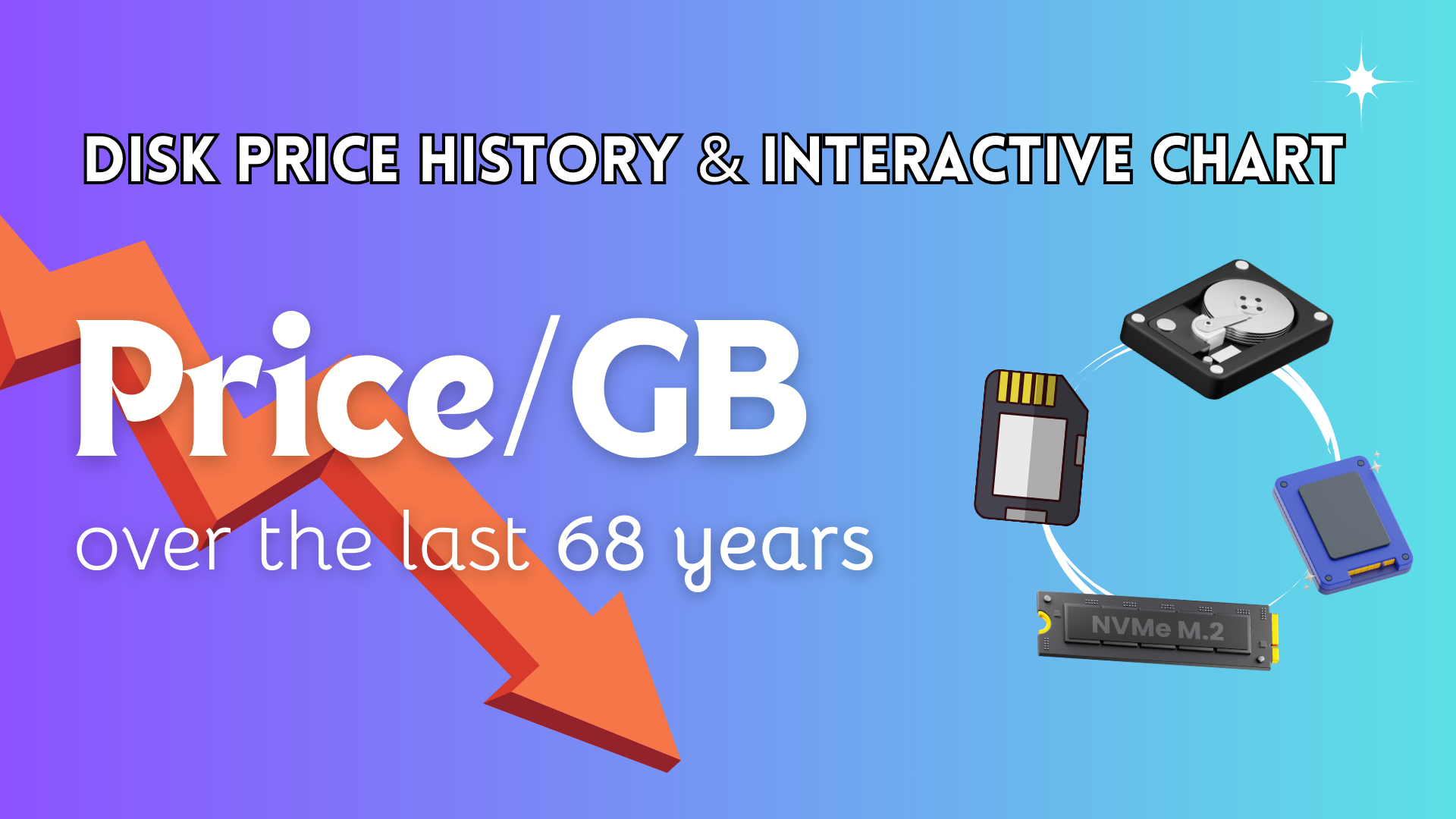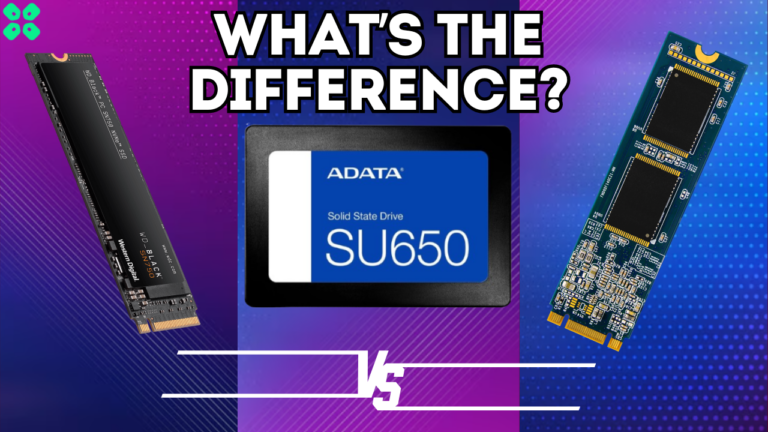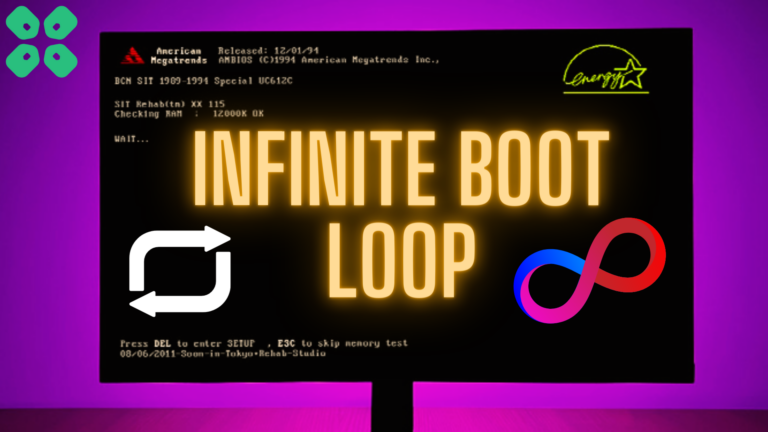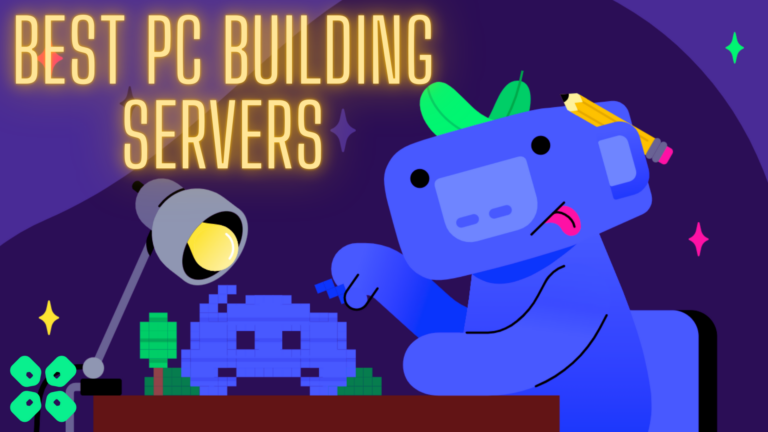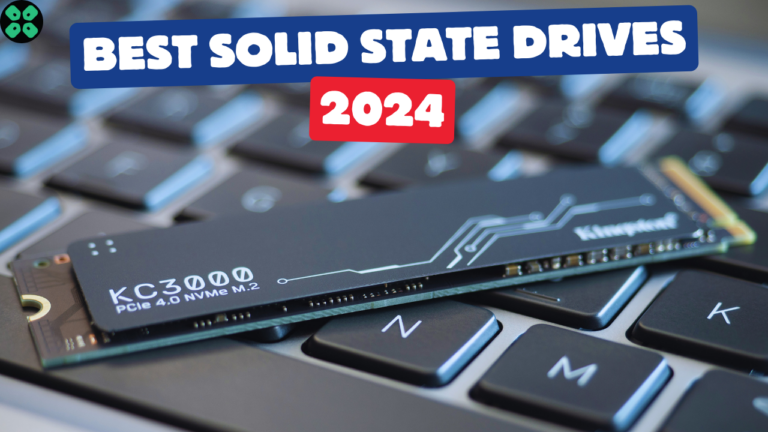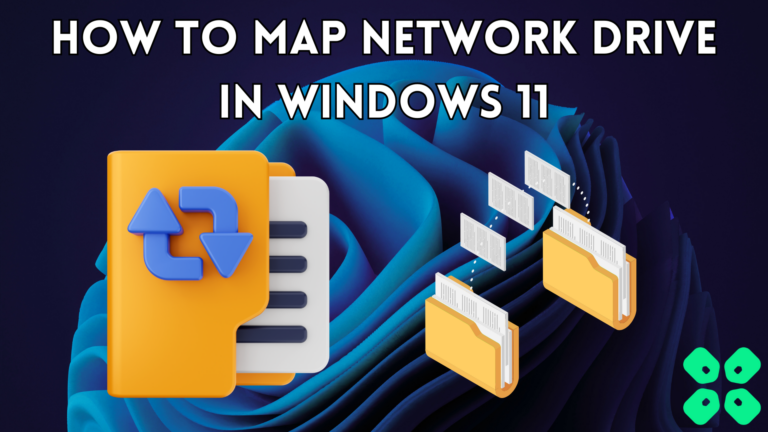Let’s take a walk down memory lane and appreciate just how far we’ve come in the world of digital storage. Back in 1956, the notion of digital storage was more science fiction than practical reality. Fast forward to today, and we’re loading games off SSDs that are both blisteringly fast and surprisingly affordable. This drastic reduction in cost, combined with a leap in performance, is nothing short of revolutionary.
Inspired by a viral Reddit post I made on r/dataisbeautiful that garnered nearly half a million views and close to a thousand upvotes, this analysis dives deeper into the trends and future of storage costs with this price tracker graph.
📉 Interactive Graph
Please be patient as the interactive graph loads below. This visualization brings historical data to life, showing how dramatically storage costs have decreased over time.
Understanding the Data
The price history/tracker graph above charts the cost per gigabyte of various storage mediums over the years:
- Hard Disk Drives (HDDs): Once the backbone of data storage, their cost has plummeted from thousands of dollars when launched to about $12 per GB in 2000 to mere cents today.
- Solid-State Drives (SSDs): Introduced commercially in the early 2000s, SSDs started expensive but now rival HDDs in cost efficiency.
- Flash Memory: Essential for removable storage and mobile applications, flash memory prices have also seen a steep decline.
- NVMe Drives: The newest player in the market, offering superior speed and efficiency, following a similar downward price trajectory.
This data was meticulously gathered from multiple credible sources and represents a logical analysis of trends observed over the years.
From the First Hard Drive to Today’s SSDs
Remember when IBM launched the RAMAC in 1956? Probably not firsthand, but it’s a story worth retelling. It was the first machine to introduce the world to what a hard drive was—storing a whopping 5 MB of data and costing about $10,000 per megabyte.
That’s mind-boggling compared to today’s prices, where you can snag a gigabyte for less than a cent!
The journey from those room-sized behemoths to the compact SSDs we rely on today is a tale of tech innovation driven by both necessity and ingenuity. Want to see how the prices have fallen firsthand?
Check out our SSD Price per GB tool, perfect for figuring out the right drive for your money in today’s market.
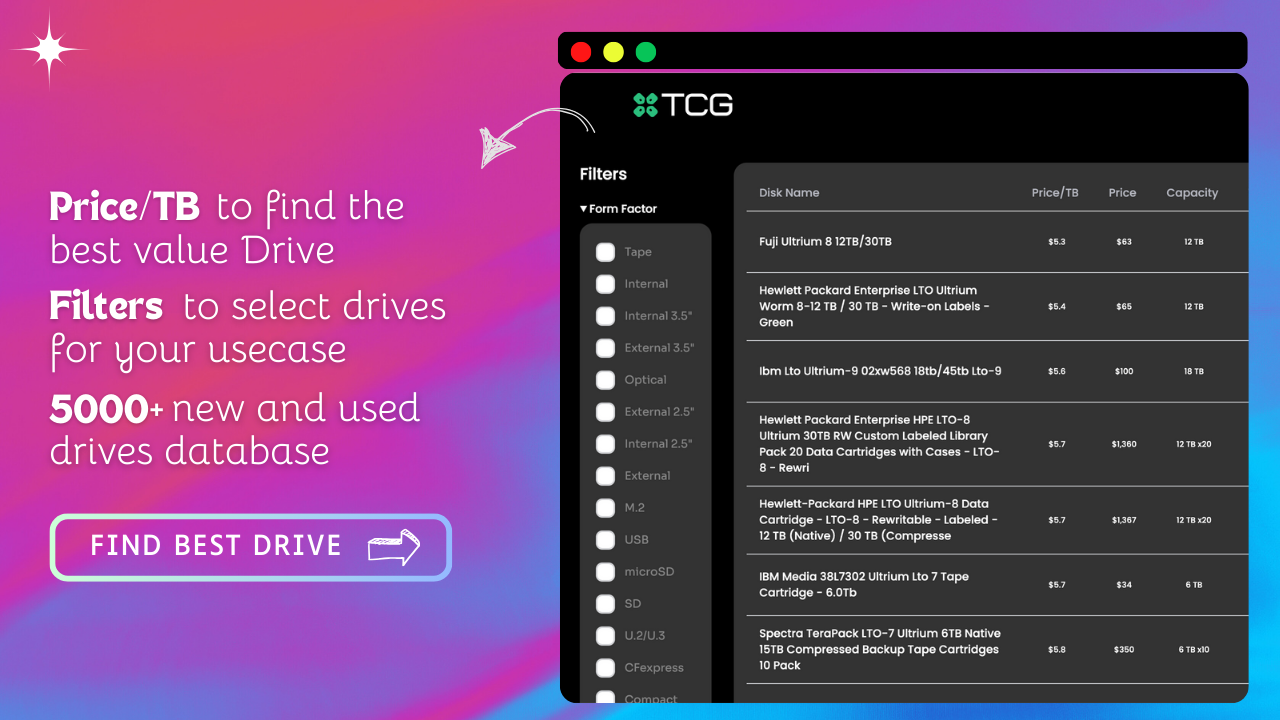
The early 2000s marked the commercial advent of prohibitively expensive SSDs, often costing several dollars per gigabyte. Fast forward to today, and we see prices as low as $0.10 per gigabyte—a staggering reduction.
Why Did Storage Get So Cheap?
So, what’s behind this dramatic drop? Here are the top five game-changers:
- Tech Breakthroughs: Major leaps in technology have consistently driven prices down. From magnetic tapes to SSDs, each innovation meant more storage in less space at lower costs.
- Mass Production: As more of us demanded more storage, manufacturers scaled up production, which slashed costs significantly—classic economies of scale at work!
- Fierce Competition: With giants like Western Digital and Samsung in the fray, the fierce battle for market dominance kept prices on a steady decline.
- Advanced Manufacturing: New manufacturing techniques, like 3D NAND technology, have made it cheaper than ever to pack more data into less space.
- New Tech Demands: From cloud services to big data, skyrocketing demand for storage has spurred on even more innovation and price cuts.
Each of these factors hasn’t just reduced costs; they’ve transformed storage from a luxury to a commodity.
The Millionfold Improvement
It’s wild to think about, but storage tech has not only plummeted in price but also improved in quality by a millionfold.
Early hard drives filled entire rooms and had just enough space to hold a high-res photo by today’s standards. Now, we carry around SSDs that hold terabytes of data in our pockets, costing almost nothing per gigabyte as shown in the price tracker graph.
Looking Ahead
As we gear up for the future, it’s clear that storage technology will continue to evolve. The price drops might not be as steep as they were, we’ll continue to see improvements in both capacity and cost efficiency.
Conclusion
From spending a fortune on limited space to today’s sprawling drives at pocket change prices, the evolution of storage is one of tech’s most incredible stories.
Whether you’re building a new gaming PC or upgrading an old rig, understanding this history isn’t just cool—it’s crucial for making informed decisions about where to invest your money. And remember, for the latest and greatest in storage solutions, keep our SSD Price per GB tool, and this price history/tracker graph bookmarked.
You won’t just save money—you’ll be investing in the future of gaming.

